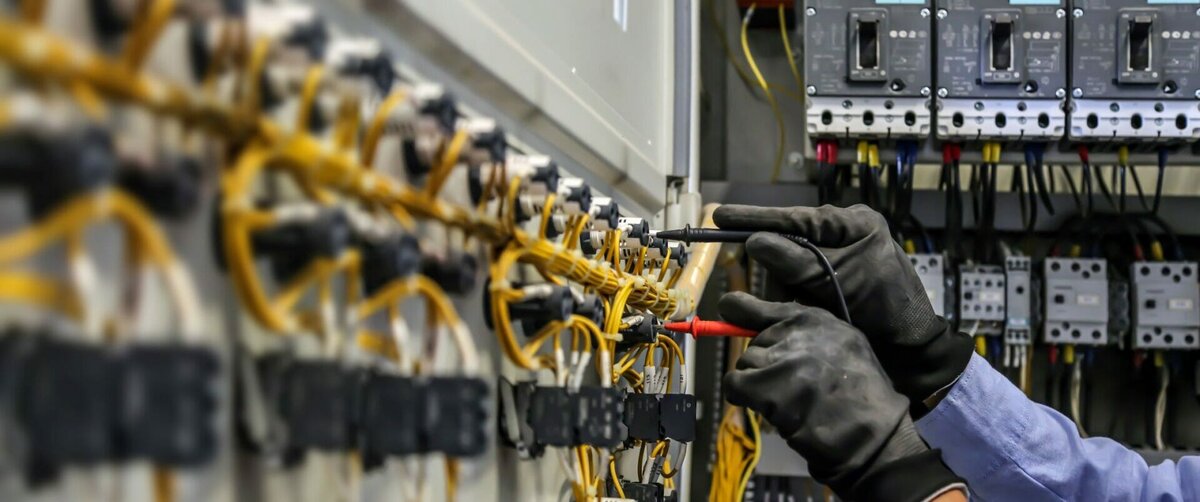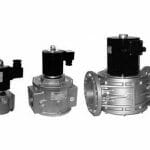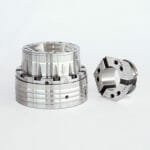~ Graphene Flagship project designs innovative circuitbreakers using graphene composites ~
The electrical grid relies on circuitbreakers to protect infrastructure from damage caused by excess current. These circuitbreakers are lubricated using grease, which can stiffen and dry out, threatening the safety of the whole system. To solve this, researchers at the Graphene Flagship have designed maintenance-free circuitbreakers enabled by self-lubricating graphene composites.
Essentially a resettable fuse, a rise in current to unsafe levels causes a switch in a circuitbreaker to flip, leading to one of the electrical contacts moving away from the other, breaking the circuit. Grease reduces the force needed to make a connection and lessens wear on moving parts — keeping safety-critical circuitbreakers working for longer.
However, the grease used in metal-to-metal joints suffers from several issues: it stiffens with age, dries out, has a narrow temperature window and moves away from the contact point. As a result, the demand for maintenance and repair is high — increasing costs for grid operators.
To address this issue, the Graphene Flagship set up the Circuitbreakers Spearhead Project. The Graphene Flagship’s Spearhead Projects are initiatives designed to increase the technology readiness level (TRL) of graphene-based technologies. Each Spearhead Project is led by an industry-leading company and has specific commercial goals. They each aim to produce a high-TRL prototype or market-ready product by the end of the current phase of the Graphene Flagship in 2023.
Circuitbreakers in a nutshell
The objective of the Circuitbreakers Spearhead Project is to enable first-of-their-kind grease-free, maintenance-free, low-voltage circuit breakers for fault protection in key parts of the electrical grid. Replacing lubricating grease with self-lubricating metal–graphene composites will substantially reduce the need for maintenance and service, as well as extending the lifetime of these critical devices.
Their technology was developed by the Graphene Flagship for electrical contacts and has now been adapted and scaled for circuit breaker applications. The metal–graphene solution will be provided as a coating made by cost-effective electroplating, or as composite parts produced by sintering — using heat and pressure to fuse particles into a solid mass without melting them.
Working in collaboration
The Circuitbreakers team worked with many of our European partners to narrow down the most suitable materials for electroplating and sintering, and to optimise the processes to make them scalable.
ABB Corporate Research, Sweden, defined specifications for material requirements. Chalmers University of Technology (CUT), Sweden, benchmarked different graphene materials to create a baseline of raw materials. CUT, Sweden, and FORTH, Greece, evaluated different functionalisation routes. Nanesa SRL, Italy, evaluated different electroplating process conditions and morphologies of graphene and layered materials for metal-graphene coatings.
The University of Rome Tor Vergata, Italy, evaluated and confirmed the importance of different treatment processes. Graphmatech AB, Sweden, prepared sintered composite metal–graphene components using selected metal powders and their proprietary ArosGraphene® material. As a whole, the Circuitbreakers team also took initiatives towards industrialising their two different processing routes.
Towards a sustainable future
Low-voltage circuit breakers minimise losses from friction. The Circuitbreakers project enables smart and sustainable grid solutions, for the distribution and industrial sectors, by utilising water-based electroplating processing, carbon-based components and recyclable materials.
“Self-lubricating circuit breakers will not only solve the issues with grease,” explained Mamoun Taher, CEO at Graphene Flagship partner Graphmatech AB, an award-winning Swedish graphene materials technology company, “but also enable secure, continuous operation of critical facilities, such as energy generation sources, hospitals and data centres.”
For more information on the Circuitbreakers project, click here. Or to learn about the Graphene Flagship, go to www.graphene-flagship.eu.








